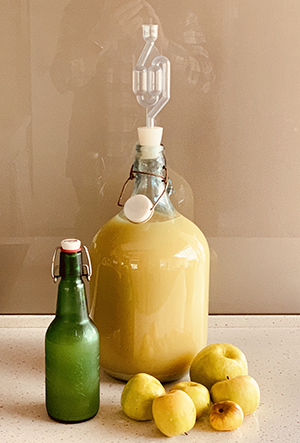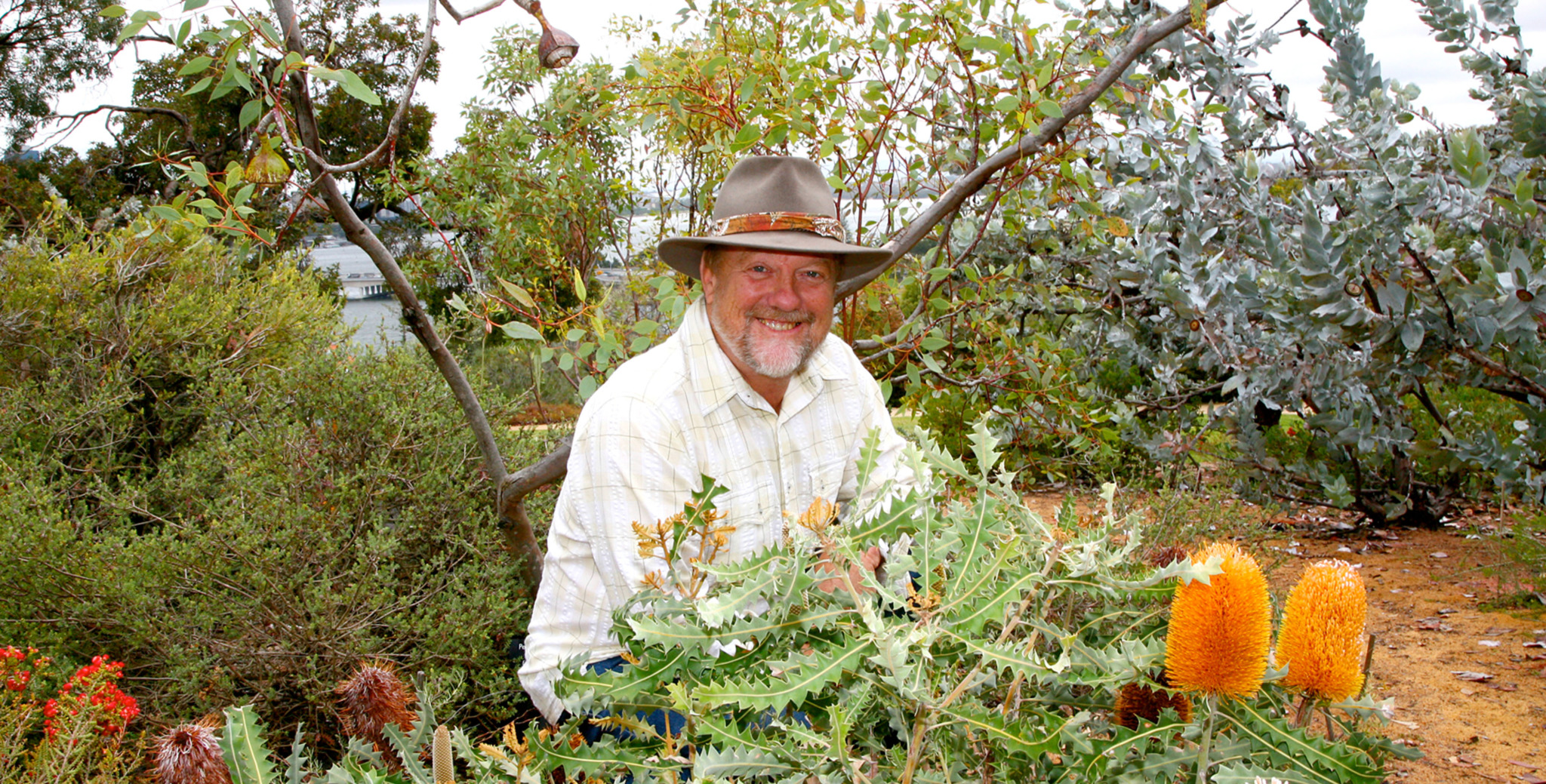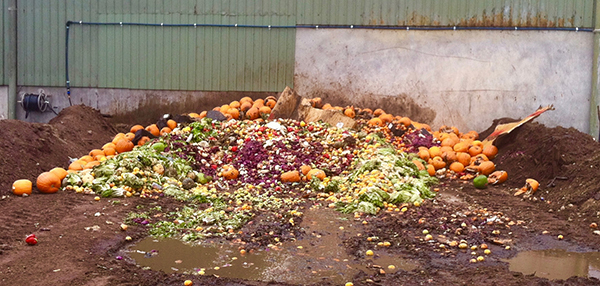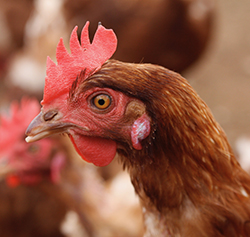Waste Not! - Gardens, groceries and gourmet food
I think I have become a home-grown expert on the subject of food waste, largely because my partner is extremely passionate on the subject.
As a result of this passion, we buy carefully using a shopping list on my smart phone, rather than walking into a shopping centre with a vague memory of what we need.
We start every meal by going to the fridge and pulling out any ingredient that could be used in the dish. We modify dishes by adding in leftovers from the fridge so almost every serving is a unique combination. If the salad is not eaten up then it’s refrigerated in a sealed Pyrex container and it gets a new life as part of tomorrow’s salad or comes to life in a stir-fry or soup.
We have a 9-litre rubbish bin in the kitchen that I empty about once a week. The contents are mainly single use plastics, used to wrap meat and fish with precious little food waste. I was reminded of the timing because of the mussel shells that had become smelly from last Friday’s fish stew.
We have an 8-litre stainless steel bucket in the kitchen into which we throw fruit skins, vegie scraps as well as any plate scrapings. This is food for our compost bins of which we have two specifically for green and food waste.
Recently, I found that the compost was becoming too dry and now we add rinsing water to the stainless steel bin as well, and often the bin is full to the brim. The extra water helps keep the composting matter beautifully moist, which helps it to break down faster.
We also run 6 chooks and they consume large quantities of food wastes such as spoiled fruit and vegetables and they love the fibre left over after we juice vegetables to make a morning glass of raw green magic – crushed kale, tomato, broccoli and Indian spinach. I also collect lettuce leaves from one of our local grocers to give the chooks a birthday feed.
Any meat or fish scraps are eagerly consumed by our dogs.
I am the crazy composter in the family and currently we have six compost systems operating at home; four for plant wastes such as prunings, weeds and leaves from deciduous trees, plus two Aero bins for food and green garden material.
The Aerobin is available in hardware stores and some garden centres and I think these are the best systems I have seen for the home garden. I hasten to add that I receive no remuneration for this recommendation. The design makes these easy to use. Being well sealed, the unit keeps scavengers and rodents out.
The essence of the effectiveness is a virtual lung – a pipe that sits in the centre of the bin with attached vanes. We have all seen how decomposing matter shrinks quickly. These cone-like vanes push the shrinking mass of composting material toward the side walls, opening up the centre to allow more air to invade the pile. The microbes and fungi that break down the organic materials have a huge appetite for air as well as moisture and this is why we used to regularly turn and wet down our compost piles in the past.
The best thing about this system is that no turning is needed; you just keep loading fresh material into the top and every 6 months or so you open up the flaps, front and back, and shovel out the compost to your waiting garden.
When we send food and garden waste to landfill it turns into a nightmare. Without air the putrefying material produces methane, which is a greenhouse gas twenty five times worse than the exhaust gas from our cars.
At home we have rediscovered the almost lost art of fermenting to preserve food. This is also helping us avoid waste, particularly when we have excess fruit or vegetables.
 This year saw a bumper crop of apples from our two trees as a result of covering these with shadecloth to keep fruit fly out. First up we chopped up the ripe fruit and make our own cider vinegar in a crockery fermenter. This is a delicious product but you can only use so much; so we then chopped, cooked and froze apple pulp in small plastic takeaway containers for use as a breakfast cereal topping.
This year saw a bumper crop of apples from our two trees as a result of covering these with shadecloth to keep fruit fly out. First up we chopped up the ripe fruit and make our own cider vinegar in a crockery fermenter. This is a delicious product but you can only use so much; so we then chopped, cooked and froze apple pulp in small plastic takeaway containers for use as a breakfast cereal topping.
There was still so much fruit left that we had to launch a new experiment for us – hard cider making. I had all the gear needed from our home wine making so we are now at the point of bottling off the second brew for the season, which is tasting even better than the first batch. We will have just enough fruit to fill a 15-litre demijohn with freshly crushed juice for brew number three.
We grow fruit and vegetables at home, another passion of ours. With this food resource at our fingertips we can harvest as we cook, meaning that we don’t have to store a week’s food in between visits to the supermarket. Our home-grown food is uniquely fresh and vine or tree ripened.
When you read that the annual cost of food waste in Australia is twenty billion dollars, that we send five million tonnes of food waste to landfill every year, yet we have eight percent of the population which is in dire need of food at some point each year, it’s easy to think that food waste is an insurmountable problem.
I believe that every major change in the way society functions starts at the home. I hope that the examples I have shared with you here might inspire you to try to make a difference in your home.
All Photos: Neville Passmore



